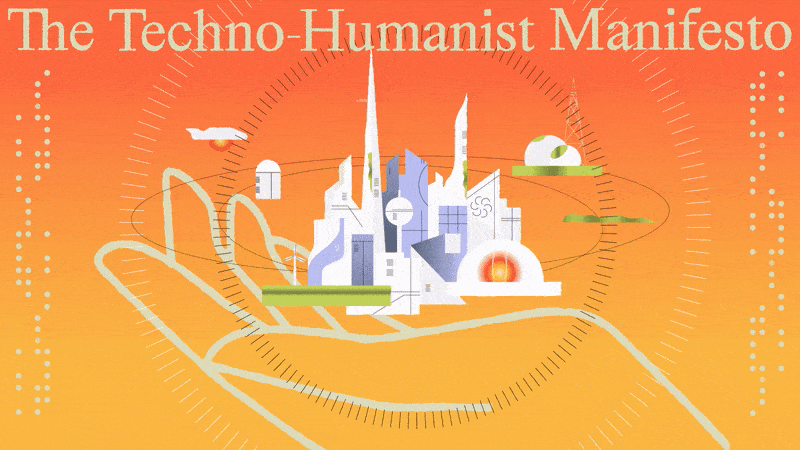At an information feast, what value must graduates and teachers bring to the table?
On page 52 of Free: The Future of a Radical Price, Chris Anderson notes:
Products that can become commoditized and cheap tend to do so, and companies seeking profits move upstream in search of new scarcities. Where abundance drives the cost of something to the floor, value shifts to adjacent levels.
And that’s really it, in a nutshell, for our students and our school systems, isn’t it? Because the need to store information in our heads has diminished yet again as our storage media have become more sophisticated (this time it’s computers and the Internet instead of books), the value that our graduates bring to their jobs increasingly is dependent on what they can do with what they know, not merely what they know. Because previously-scarce information is now freely and abundantly available on the Web, the value that teachers bring to their current jobs is not how well they can spew forth content and then assess what kids can regurgitate but rather how well they can – and their students can – think critically about and act upon important facts and concepts.
I think most educators and policymakers have yet to give much thought to the occurrence (or magnitude) of this shift…
[Many folks have disagreed with the premise of this book, but I found much to think about inside. I give it 3 highlighters.]





